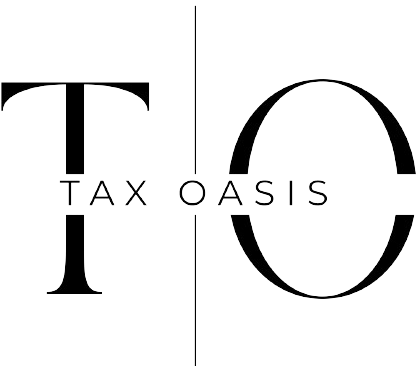Navigating the Changing Rental Landscape
Victoria’s housing market is undergoing a transformation that will impact both landlords and renters alike. The Victorian Government is introducing the Short Stay Levy—a move designed to balance the interests of property owners and the broader community. Whether you’re a landlord managing a holiday home or a renter searching for affordable accommodation, understanding this new levy is crucial for navigating the market in 2025 and beyond.
Victoria is set to introduce a significant change in its property market starting 1 January 2025—the Short Stay Levy. This 7.5% tax applies to bookings for short stays under 28 consecutive days, targeting properties like holiday homes, granny flats, and tiny homes that aren’t the owner’s principal place of residence (PPR). Hotels, motels, and similar accommodations are exempt.
Why Is the Levy Being Introduced?
The Victorian Government aims to address housing affordability and availability, particularly in high-demand areas where short-term rentals have reduced long-term rental supply. Revenue generated from this levy will support Homes Victoria, with 25% of the funds earmarked for affordable housing projects in regional areas. This initiative seeks to balance the growing popularity of short-stay accommodations with the urgent need for sustainable, long-term housing options.
Who Foots the Bill?
- If bookings are made through platforms like Airbnb, the platform is responsible for paying the levy.
- For direct bookings, landlords or tenants need to register and manage the levy payments themselves.
Payment and Reporting:
- Annual lodgement for booking fees of $75,000 or less.
- Quarterly lodgement for booking fees exceeding $75,000.
How Is the Levy Calculated?
The 7.5% levy is applied to the total booking fee, which includes accommodation charges, cleaning fees, and applicable GST but excludes credit card surcharges. For bundled packages, the levy only applies to the accommodation component.
Examples:
- Example 1: Mark owns a charming cottage in Daylesford, which he rents out for $1,200 over a weekend. Mark must pay $90 (7.5% of $1,200) to the State Revenue Office.
- Example 2: Olivia lists her Melbourne apartment on a booking platform for $2,000 over a holiday period. The platform collects $150 (7.5% of $2,000) as the levy and remits it to the government.
What This Means for Renters:
Renters might see higher nightly rates as property owners adjust pricing to offset the levy. However, by discouraging excessive short-term listings, the policy could free up more properties for long-term rental, potentially easing pressure on the rental market. This shift could provide more stability for renters searching for affordable, permanent housing.

Impact on Regional Areas:
Regional towns popular with tourists, like Daylesford and the Mornington Peninsula, could experience notable changes. While the levy may discourage some short-term rentals, 25% of the levy revenue will be reinvested into these communities to support affordable housing projects—benefiting local residents.
Key Actions for Landlords:
- Register Early: Ensure you’re registered for the levy before accepting bookings in 2025.
- Pricing Strategy: Decide whether to absorb the levy or pass it on to guests.
- Stay Compliant: Timely lodgement and payment can help avoid penalties.
- Assess Property Use: Review how frequently your property is used for short stays and consider transitioning to long-term rental options if beneficial.
- Leverage Professional Advice: Consult with accounting professionals to understand tax implications and optimise your financial strategy.
Victoria’s housing market is evolving. Whether you’re a landlord navigating new regulations or a renter seeking accommodation, staying informed will help you adapt to these changes.
Need More Guidance?
For personalised advice on how the Short Stay Levy impacts your property investments, contact Tax Oasis today. Our team is here to help you navigate these changes with confidence. Stay updated by following us on Facebook: Tax Oasis Facebook.
Disclaimer:
This article is intended for informational purposes only and should not be taken as financial or legal advice. We have made every effort to ensure the information provided is accurate and up-to-date, but we cannot guarantee its completeness. Please consult with a qualified professional before making any decisions based on this content.

